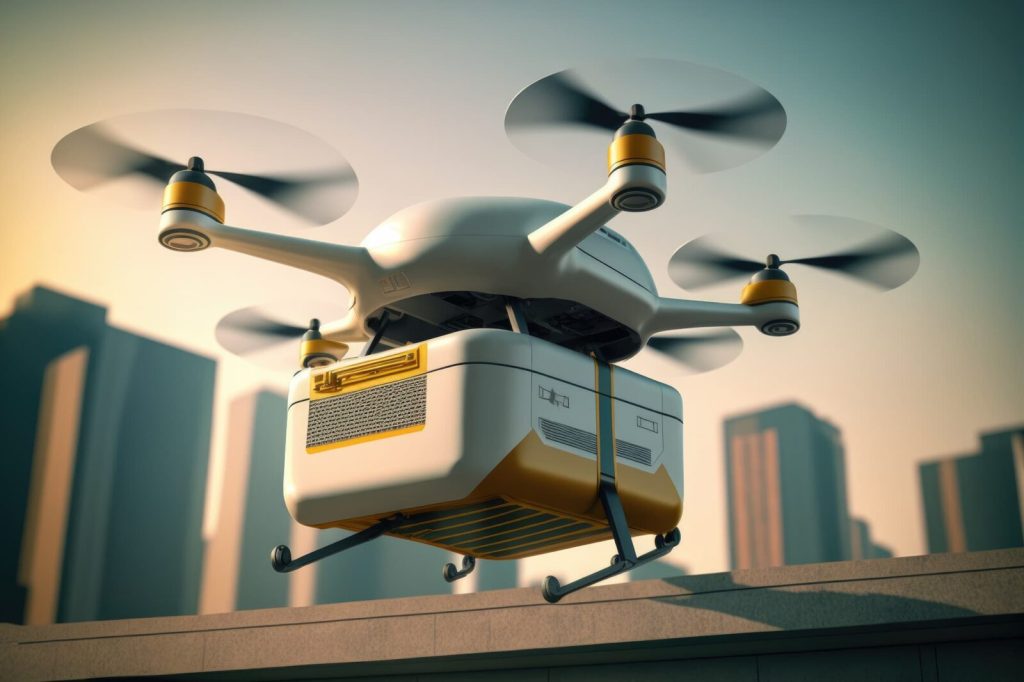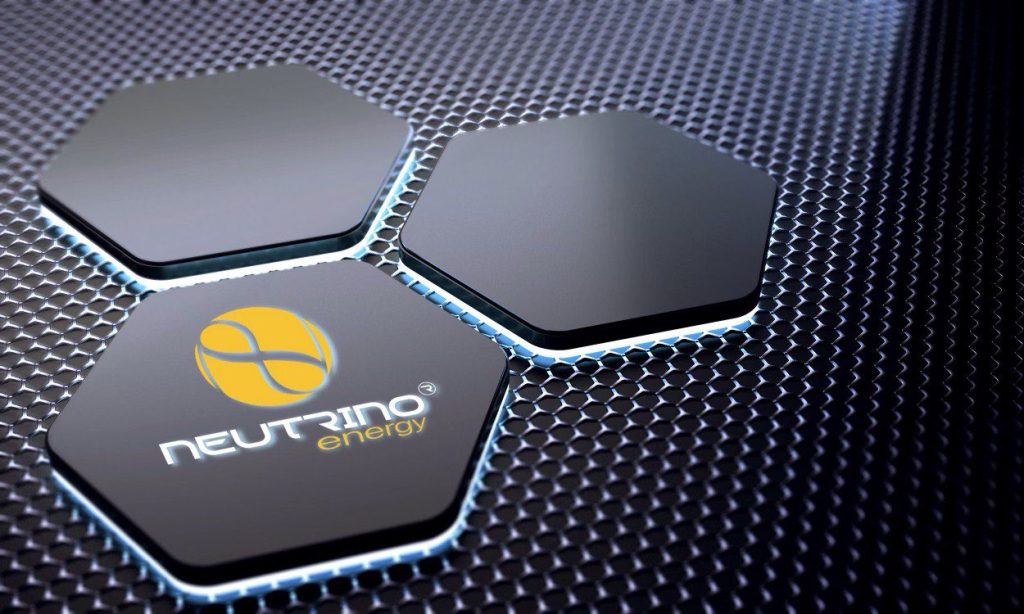La transición energética mundial ha alcanzado un punto de inflexión con la expansión de la tecnología neutrinovoltaica, desarrollada por Neutrino Energy Group.
Este sistema innovador convierte la energía cinética de los neutrinos en electricidad, permitiendo que los vehículos generen su propia energía sin necesidad de recarga externa, un paso decisivo hacia la independencia energética.
La tecnología neutrinovoltaica no depende de fuentes convencionales como el sol o el viento, sino que aprovecha partículas subatómicas que atraviesan la Tierra constantemente, generando electricidad de manera continua y autónoma.
Este desarrollo representa una alternativa revolucionaria a los sistemas tradicionales de almacenamiento y distribución de energía.
También te puede interesar | De la teoría a la práctica: Enerlink demuestra cómo lograr rentabilidad en redes de carga para vehículos eléctricos
Cómo funciona la tecnología neutrinovoltaica
El principio de la neutrinovoltaica se basa en la interacción de los neutrinos y otras radiaciones invisibles con un nanomaterial compuesto por capas alternas de grafeno y silicio dopado.
Dicho material, al ser impactado por los neutrinos, genera una vibración que se convierte en corriente eléctrica continua.
El Neutrino Power Cube, una de las aplicaciones más avanzadas de esta tecnología, es un sistema compacto y modular capaz de suministrar hasta 6 kW de energía limpia y autónoma.
Con un peso de solo 50 kilogramos, este dispositivo funciona de manera silenciosa e independiente de las condiciones meteorológicas, eliminando la necesidad de combustibles fósiles o conexión a la red eléctrica.

El Pi Car: movilidad sin recarga externa
Uno de los desarrollos más prometedores de Neutrino® Energy Group es el Pi Car, un vehículo eléctrico que incorpora materiales neutrinovoltaicos en su carrocería y techo, permitiendo la generación continua de energía.
En condiciones ambientales estándar, el Pi Car puede alcanzar hasta 100 kilómetros de autonomía adicional por cada hora de exposición, eliminando la dependencia de estaciones de carga y redefiniendo el concepto de movilidad eléctrica.
El diseño del Pi Car integra inteligencia artificial para optimizar la gestión energética, asegurando un rendimiento eficiente y adaptado a las necesidades del usuario.
Además, su estructura ligera y aerodinámica maximiza la captación de energía neutrinovoltaica, convirtiéndolo en un modelo pionero en la industria automotriz.
Expansión hacia múltiples sectores
Además de la movilidad terrestre, Neutrino® Energy Group está explorando aplicaciones en el sector aeroespacial y marítimo.
El Pi Fly, un sistema de aeronaves no tripuladas, y el Nautic Pi, una plataforma de navegación autónoma, están diseñados para operar sin combustibles fósiles ni recarga externa, impulsando una nueva era de transporte sostenible.
Pi Fly incorpora tecnología neutrinovoltaica en su fuselaje, permitiendo vuelos prolongados sin necesidad de repostaje. Este avance es especialmente relevante para misiones de vigilancia, transporte de mercancías y exploración remota.

Por otro lado, el Nautic Pi está diseñado para embarcaciones marinas que pueden operar de manera autónoma, eliminando la dependencia de combustibles fósiles y reduciendo significativamente las emisiones contaminantes en el sector marítimo.
Además, Neutrino® Energy Group continúa desarrollando nuevas aplicaciones para la tecnología neutrinovoltaica, explorando su integración en infraestructura urbana, dispositivos electrónicos y sistemas de comunicación avanzada.
La empresa está colaborando con centros de investigación y universidades para optimizar la eficiencia de los materiales neutrinovoltaicos y ampliar su alcance en el mercado energético.
“La energía neutrinovoltaica no es una teoría, es una realidad operativa que está transformando la infraestructura energética global. Nuestro objetivo es proporcionar soluciones energéticas descentralizadas que reduzcan la dependencia de combustibles fósiles y promuevan un futuro más limpio”, afirmó Holger Thorsten Schubart, CEO de Neutrino Energy Group.







